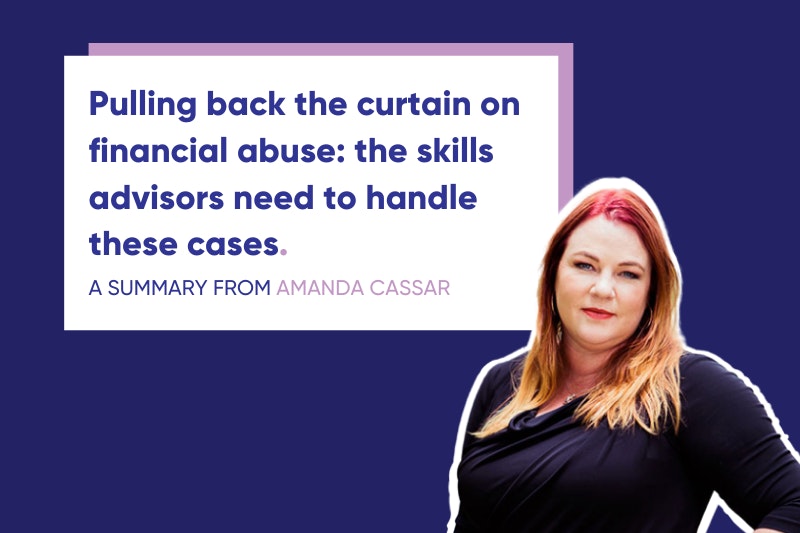As you’re probably aware, when you donate to registered charitable organisation, your gifts are a tax deductible donation that can boost your tax refund or reduce the amount of tax you pay… completely aside from the feel good factor you get of supporting those less fortunate.
Most charities exist solely to support a good cause and rely exclusively on donations to continue their work. According to the Charity Donations Guide by Choice (September 2014) nine out of 10 Australians give to charity each year.
Here’s a short set of tips to making your gift go further and claiming your donation back at tax time.
What are some ways to give?
For those who aren’t always flush with funds, Choice advises that one way to give that is gaining in popularity is to volunteer. Some donate goods that can be used or sold. Others who are able, are happy to give directly to collection agents or donate directly via websites.
More than 30% of Australia’s population volunteer with not-for-profit organisations, providing an average of 56 hours labour each on an annual basis, a boon for cash strapped charitable organisations. If you are interested in volunteering some of your time, you can visit the Go Volunteer website to learn about opportunities available close to you, or even offshore, whatever is your preference.
Alternate ways to give are charity are by hosting high teas, dinners and balls. Just keep an eye on costs though as the price of the venue and catering can eat into your donation. In a small way, purchasing merchandise on an annual event day also adds to the bottom line of many organisations.
Tips for claiming charitable donations
Charitable donations are generally tax-deductible but before claiming any donations on your tax return, here are a few tips:
- The charity must be classified as a deductible gift recipient (DGR.) To check, visit the Australian Business Register. (Most charities are happy to let you know their status.)
- To qualify for a tax refund, your gift must be greater than $2. Keep receipts for any donations you make.
- The gift must truly be a gift – a voluntary transfer of money where you receive no benefit or advantage. You cannot claim items such as raffle tickets, pens, merchandise, chocolateor membership fees.
Many businesses try to find a charity that aligns with their business for maximum leverage. Businesses who offer goods and services for children find charities that benefit youth. Those supporting women might choose female cancer or domestic violence organisations. Those in finance may support poverty alleviation or micro-finance groups offering opportunities in third world countries. If you resonate strongly with the cause you support, you’ll feel much more aligned to the outcomes.
Another area worth considering, is how many cents in every dollar actually go to where they’re needed. Some charities are extremely admin heavy and over half of funds donated (or more) go to head office staff (or the CEO’s lear jet) rather than those we believe we’re supporting. It’s worth doing the research to find out exactly what goes where and most are very transparent now about this and the information can be found from a quick internet search.
A lot of larger organisations now are incorporating Corporate Social Responsibility programs within their businesses and finding both their staff and clients are loving the involvement.
Two favourite charities that Wealth Planning Partners are proud to support financially, and with our time, are The Hunger Project, who aim to eradicate chronic, persistent hunger by 2030 (with 81c in the dollar going where required) and Hands Across the Water, helping orphaned and disadvantaged children in Thailand (with 100% of funds utilised by the charity.) And, outside of giving ‘just money’ our Director has travelled to Uganda, Malawi and Thailand to see the funds in action and be personally connected with the benefits. This in turn raises profile and clients and colleagues alike are interested in the stories and leadership lessons learned along the way.
Have a think today about whether or not you’d like to include philanthropy in your business or personal plans… and how best to go about it.





 January 18, 2025
January 18, 2025 




















